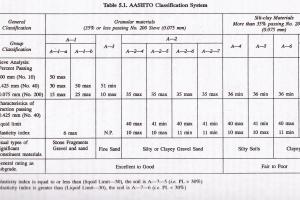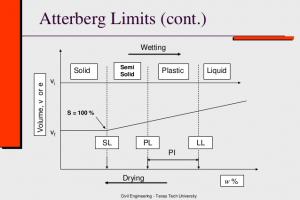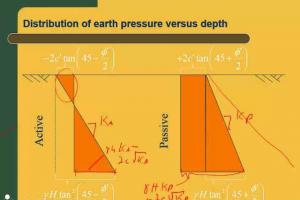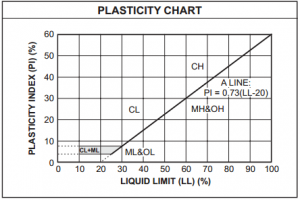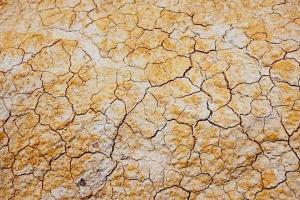Earth Pressure Coefficients - Types, Concept & Theory
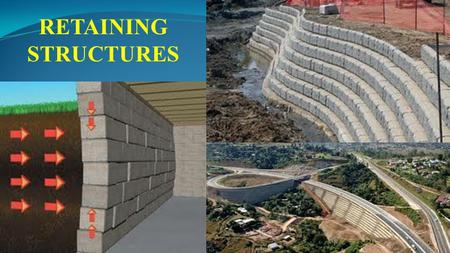
Lateral Earth Pressure
In 1929 Terzaghi (The Father of Soil Mechanics) conducted experiments on the retaining wall and showed the relation of pressure on the wall if wall changes its position i.e to move inwards to the backfill, outwards of it or remain at its place. There are three types of earth pressures on the basis of the movement of the wall.
- Earth Pressure at rest
- Active Earth Pressure
- Passive Earth Pressure
Pressure at rest:
When the wall is at rest and the material is in its natural state then the pressure applied by material is known as Earth Pressure at Rest. It is represented by P0.
Active earth pressure:
When the wall moves away from the backfill, there is a decrease in the pressure on the wall and this decrease continues until a minimum value has reached after which their is no reduction in the pressure and the value will become constant. This kind of pressure is known as active earth pressure.
Passive earth pressure:
When the wall moves towards the back fill, there is an increase in the pressure on the wall and this increase continues until a maximum value has reached after which their is no increase in the pressure and the value will become constant. This kind of pressure is known as passive earth pressure.
This means that when the wall is about to slip due to lateral thrust from the backfill, a resistive force is applied by the soil in front of the wall.
Coefficients of earth pressure - Earth Pressure Coefficient
On a small unit at depth Z in the back there are two kinds of pressure.
-
Vertical Earth pressure:
The pressure applied in the vertical direction due to the back fill lying above it. -
Horizontal Earth pressure:
The pressure applied in the horizontal direction due to backfill is called the horizontal pressure or lateral earth pressure
Coefficient of active earth pressure at rest:
When the retaining wall is at rest then the ratio between the lateral earth pressure and the vertical pressure is called the co-efficient of the earth pressure at rest,
Ko = lateral pressure / vertical pressure
Co-efficient of active earth pressure:
When the retaining wall is moving away from the backfill the the ratio between lateral earth pressure and vertical earth pressure is called coefficient of active earth pressure.
Ka = lateral pressure / vertical pressure
Coefficient of passive earth pressure:
When the retaining wall is moving towards the backfill, then the ratio between the lateral earth pressure and the vertical earth pressure is called the coefficient of passive earth pressure.
Ka = lateral pressure / vertical pressure




